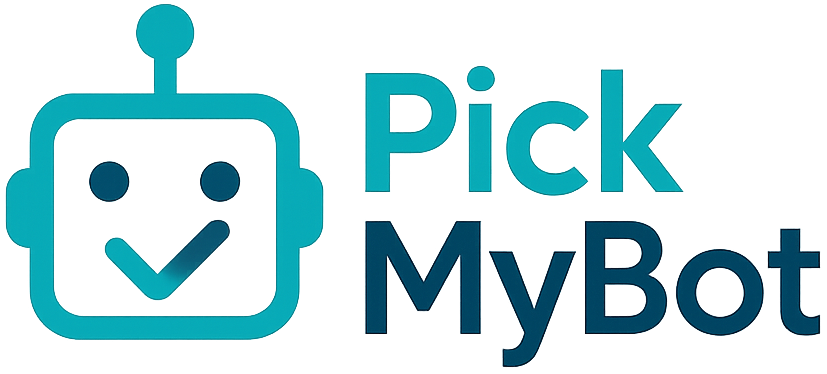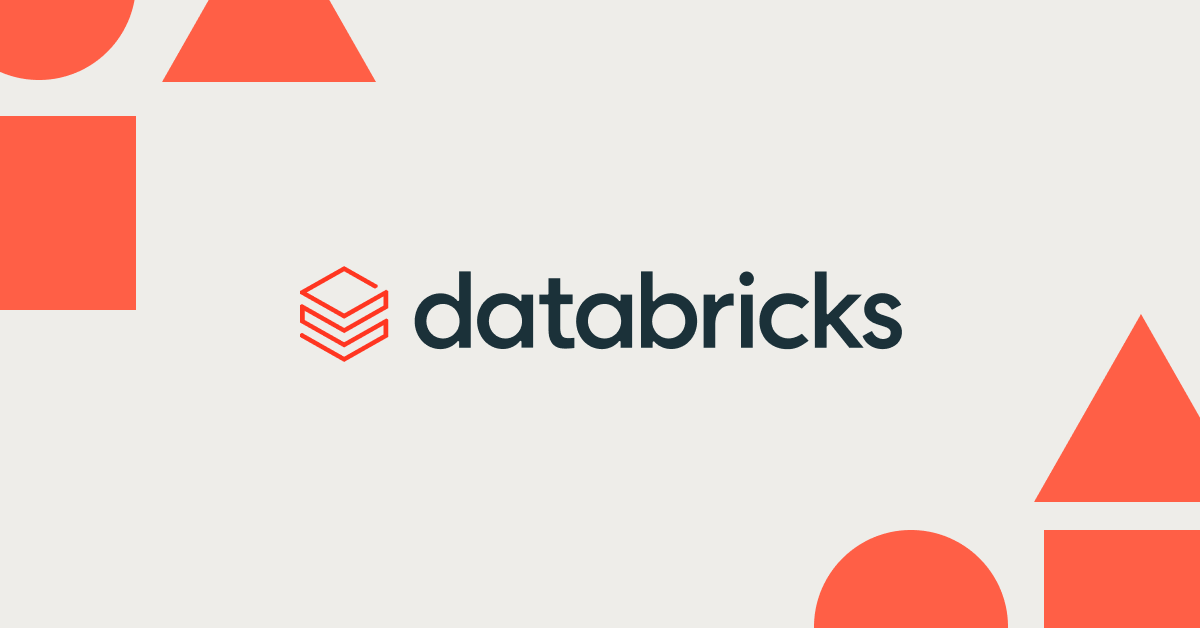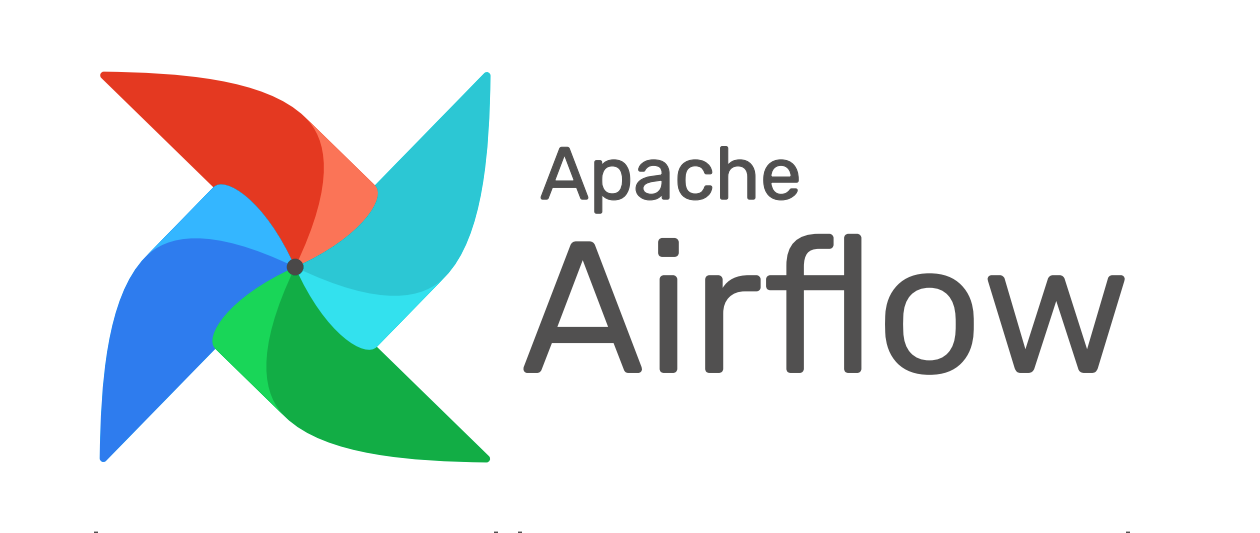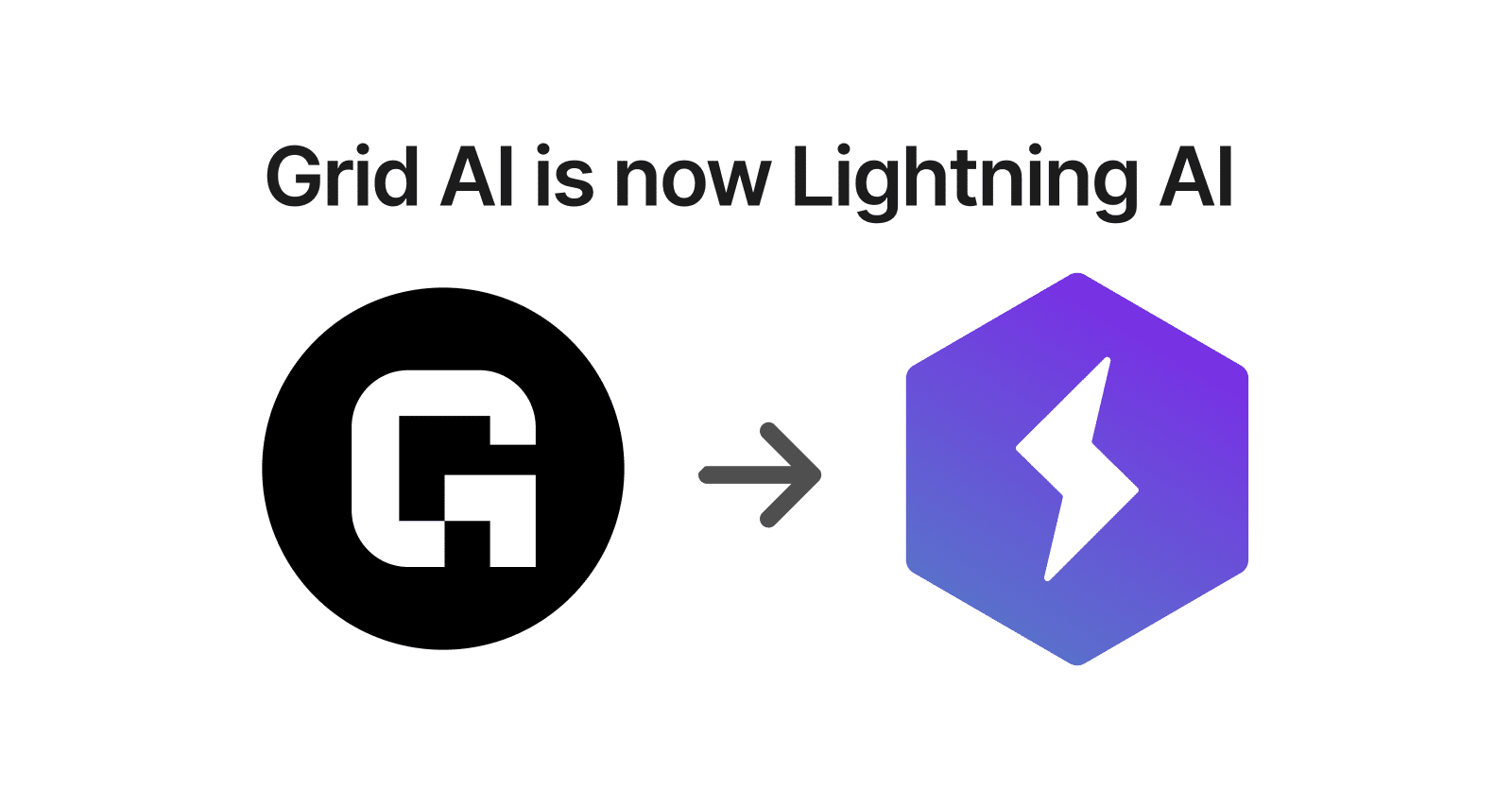
Best AI Tools for Ml Pipeline Orchestration Platforms
Explore the top-rated tools and popular subcategories for Ml Pipeline Orchestration Platforms.
Top 10 in Ml Pipeline Orchestration Platforms


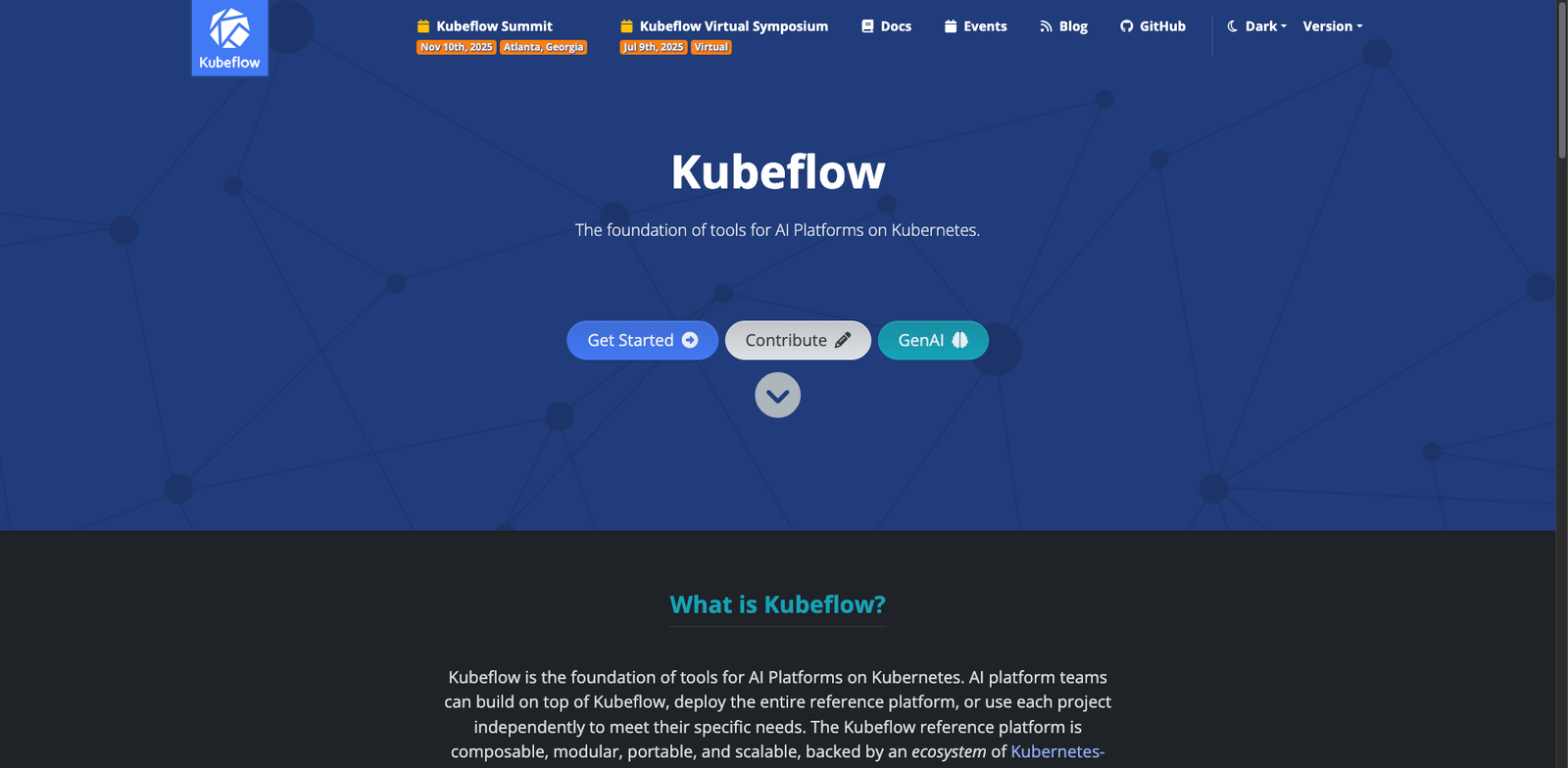

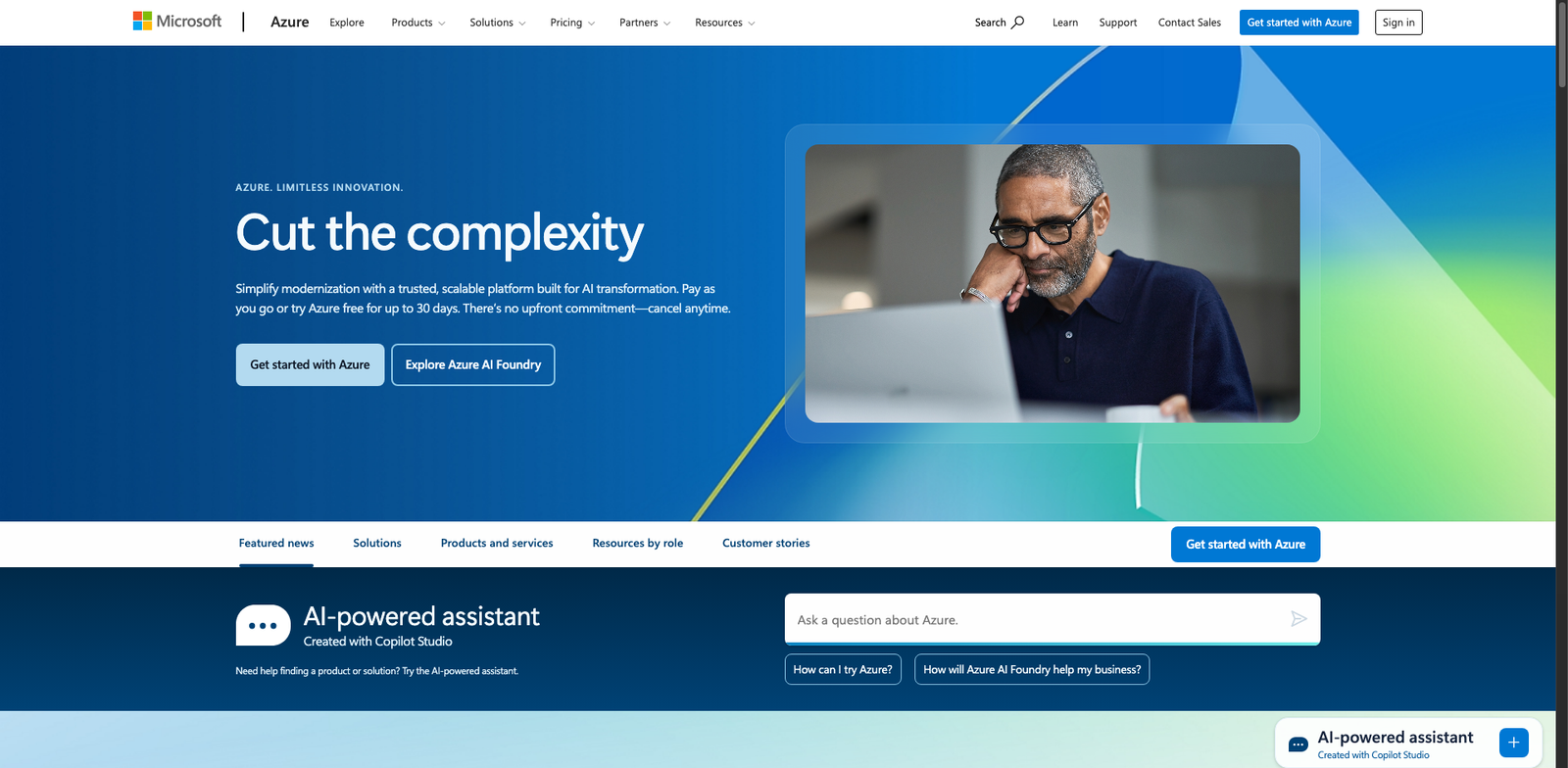


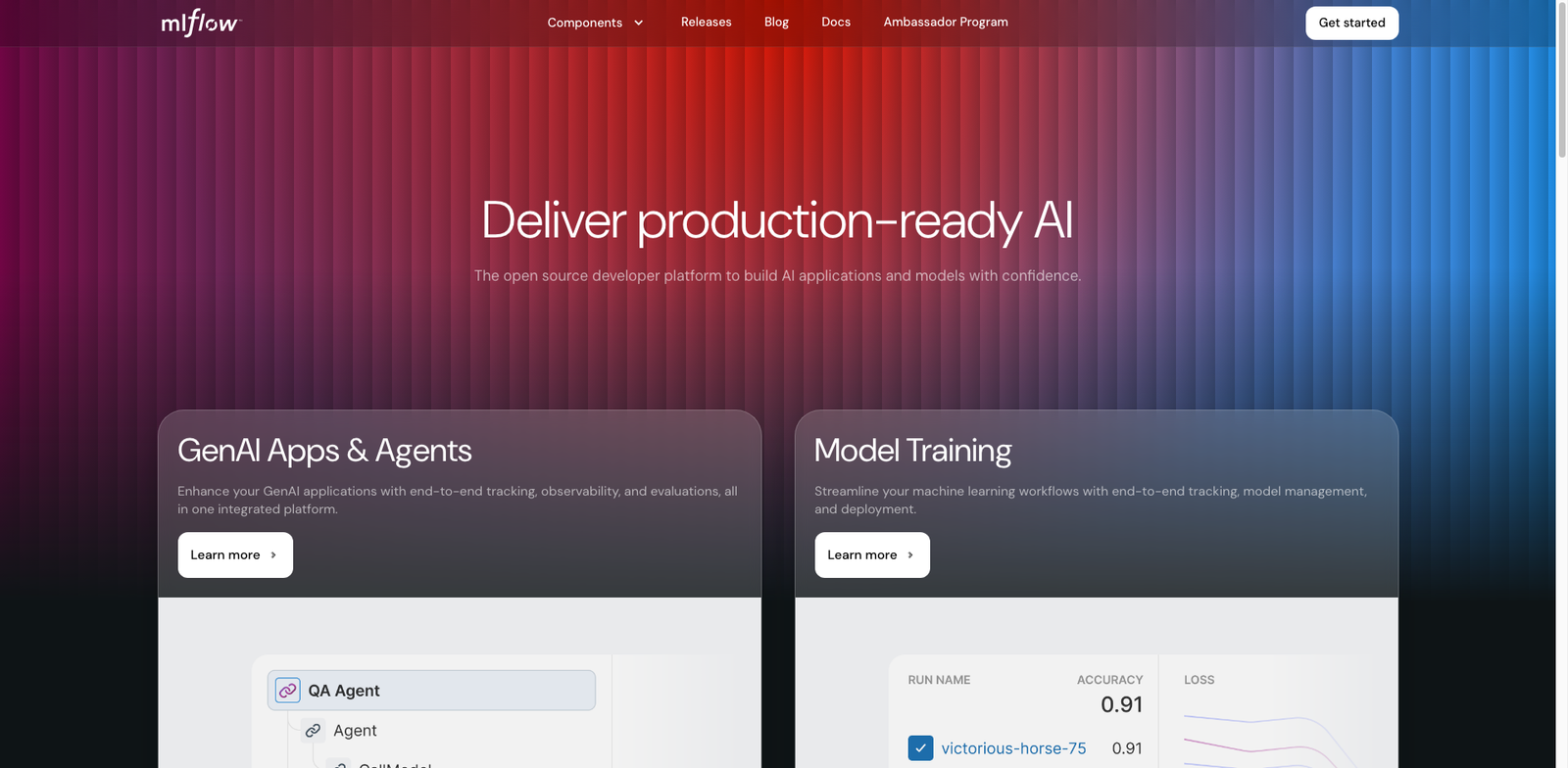


New in Ml Pipeline Orchestration Platforms
Recently added tools you might want to check out.
Pachyderm offers a variety of pricing options, including enterprise solutions, but specific pricing details are not publicly available. Notable features include data versioning and pipeline management.
Valohai offers a subscription model with various plans tailored for different needs, but specific pricing details are not publicly available. Users typically need to contact sales for exact…
Supervise.ly offers various plans tailored for different needs, with notable pricing starting around $99 per month for individual users. However, specific enterprise pricing details are not publicly available.
Grid.ai offers a subscription-based pricing model with various plans tailored for different user needs. Specific pricing details are not publicly available.
Anyscale Ray offers a variety of pricing options tailored for different use cases, but specific pricing details are not publicly available. Generally, enterprise solutions may require contacting sales…
Weights & Biases offers a free tier with limited features and paid plans that start at approximately $49 per user per month for more advanced capabilities. Enterprise pricing…
Databricks Workflows offers a subscription-based pricing model with various plans tailored to different organizational needs. Exact pricing details are often not publicly disclosed and may vary based on…
Azure ML Pipelines offers a pay-as-you-go pricing model with various tiers based on usage. Notable price points include charges for compute resources and storage, but specific monthly costs…
SageMaker Pipelines offers a usage-based pricing model, where users pay for the resources consumed during the pipeline execution. Specific pricing details can vary based on the services used…
